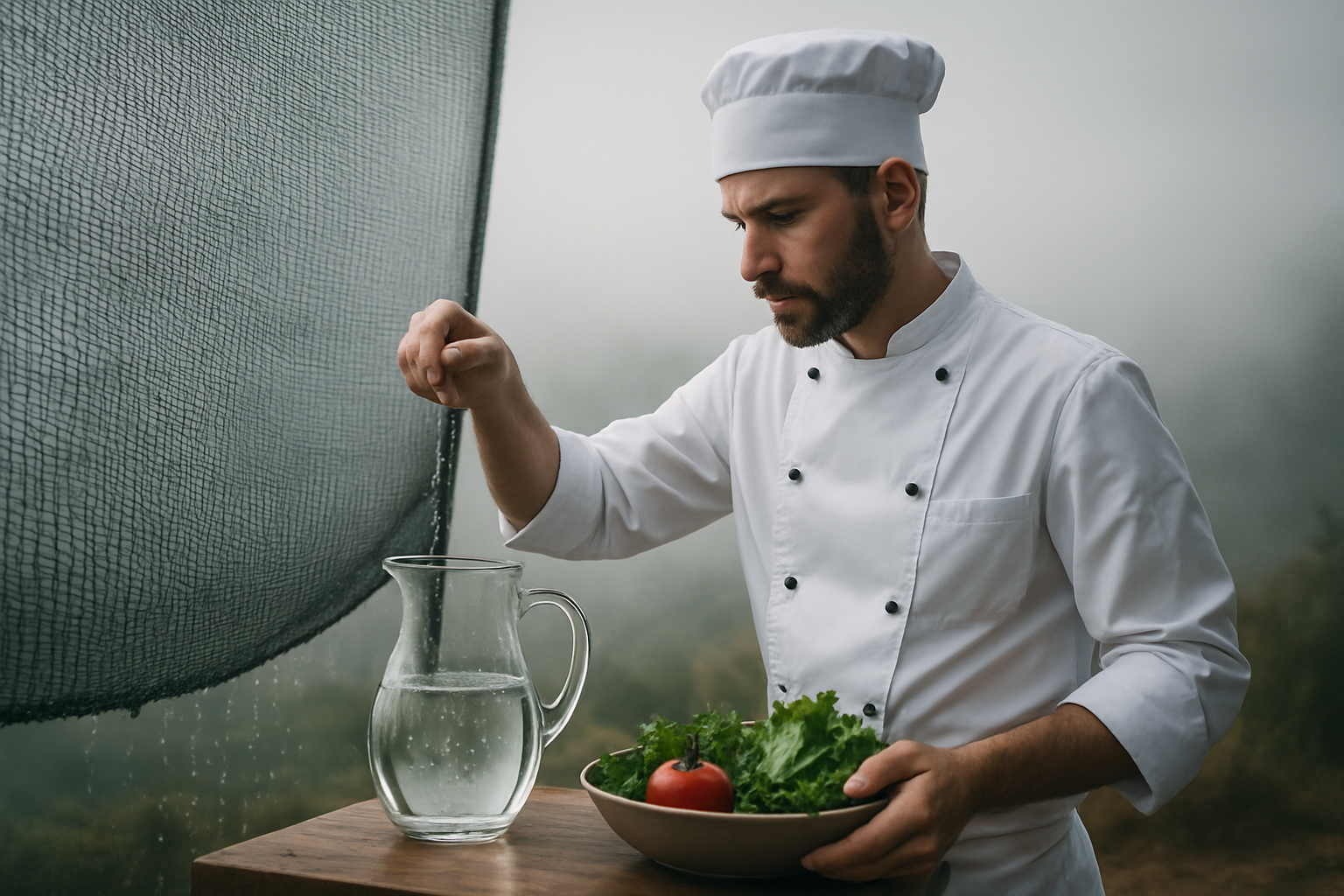Culinary Alchemy: Transforming Waste into Gastronomic Gold
In a world where sustainability is paramount, innovative chefs are turning to an unexpected source of inspiration: food waste. This culinary revolution is not just about reducing environmental impact; it's a creative movement that's redefining flavor profiles and challenging our perceptions of what's edible. From peels to stems, discover how kitchen scraps are becoming the stars of haute cuisine.

By embracing these often-discarded parts, chefs are not only reducing waste but also expanding their culinary repertoire. Banana peels, for instance, can be braised to mimic pulled pork, offering a surprising alternative for plant-based diets. The fibrous texture and subtle sweetness of the peel, when properly prepared, can fool even the most discerning palate.
From Trash to Treasure: Upcycled Ingredients
The concept of upcycling has made its way from the fashion world to the kitchen. Food companies are now repurposing byproducts into new, marketable ingredients. Spent grain from breweries finds new life in artisanal crackers, while whey from cheese production becomes the base for probiotic drinks.
This trend extends beyond packaged goods. Restaurants are crafting house-made upcycled ingredients, turning coffee grounds into rich, umami-packed seasonings, and transforming overripe fruits into complex vinegars. These innovations not only reduce waste but also introduce diners to entirely new flavor profiles.
The Science of Flavor Extraction
At the heart of this movement is a deep understanding of flavor compounds and extraction methods. Chefs are employing techniques traditionally reserved for perfumers and chemists to coax out every last bit of flavor from their ingredients.
Advanced technologies like ultrasonic extraction allow for the capture of delicate aromas from herb stems and flower petals, which can then be infused into oils or spirits. Vacuum distillation enables the creation of essences from ingredients that would typically lose their potency under heat, preserving the bright notes of citrus peels or the grassy freshness of vegetable trimmings.
Fermentation: Nature’s Flavor Enhancer
Fermentation plays a crucial role in the waste-to-taste movement. This ancient preservation technique not only extends the life of ingredients but also develops complex flavors and beneficial probiotics. Vegetable scraps ferment into tangy krauts and kimchis, while fruit peels transform into effervescent tepache.
Innovative chefs are pushing the boundaries of fermentation, creating unique products like miso paste from discarded bread or kombucha from bruised fruit. These experiments not only reduce waste but also introduce diners to entirely new taste experiences, challenging preconceptions about what constitutes “quality” ingredients.
The Future of Sustainable Gastronomy
As this movement gains momentum, it’s clear that the future of gastronomy is intrinsically linked to sustainability. Chefs are not just cooking; they’re becoming environmental stewards, educating diners about the value of every part of our food. This shift is inspiring home cooks to rethink their approach to ingredients, fostering a more sustainable and creative culinary culture.
The waste-to-taste movement is more than a trend; it’s a fundamental reimagining of our food system. By viewing “waste” as a resource, we open up a world of culinary possibilities while addressing pressing environmental concerns. As this approach continues to evolve, we can expect to see even more innovative uses for ingredients once destined for the bin.
Flavorful Facts and Waste-Wise Tips
-
Broccoli stems contain more fiber than florets and can be spiralized into noodles.
-
Citrus peels contain more vitamin C than the fruit itself.
-
Aquafaba, the liquid from canned chickpeas, can replace egg whites in many recipes.
-
Coffee grounds make excellent fertilizer for acid-loving plants.
-
Pineapple cores can be infused into water for a refreshing, nutrient-rich drink.
-
Herb stems often have more intense flavor than the leaves and are perfect for stocks.
-
Overripe bananas can be frozen and blended into creamy, dairy-free ice cream.
In conclusion, the waste-to-taste movement is revolutionizing the culinary world, challenging chefs and home cooks alike to reconsider what we define as food. By embracing creativity and sustainability, we’re not just reducing waste; we’re unlocking a treasure trove of flavors and textures that have been hiding in plain sight. As we continue to push the boundaries of what’s possible in the kitchen, we’re not just creating delicious meals – we’re crafting a more sustainable and flavorful future for all.





